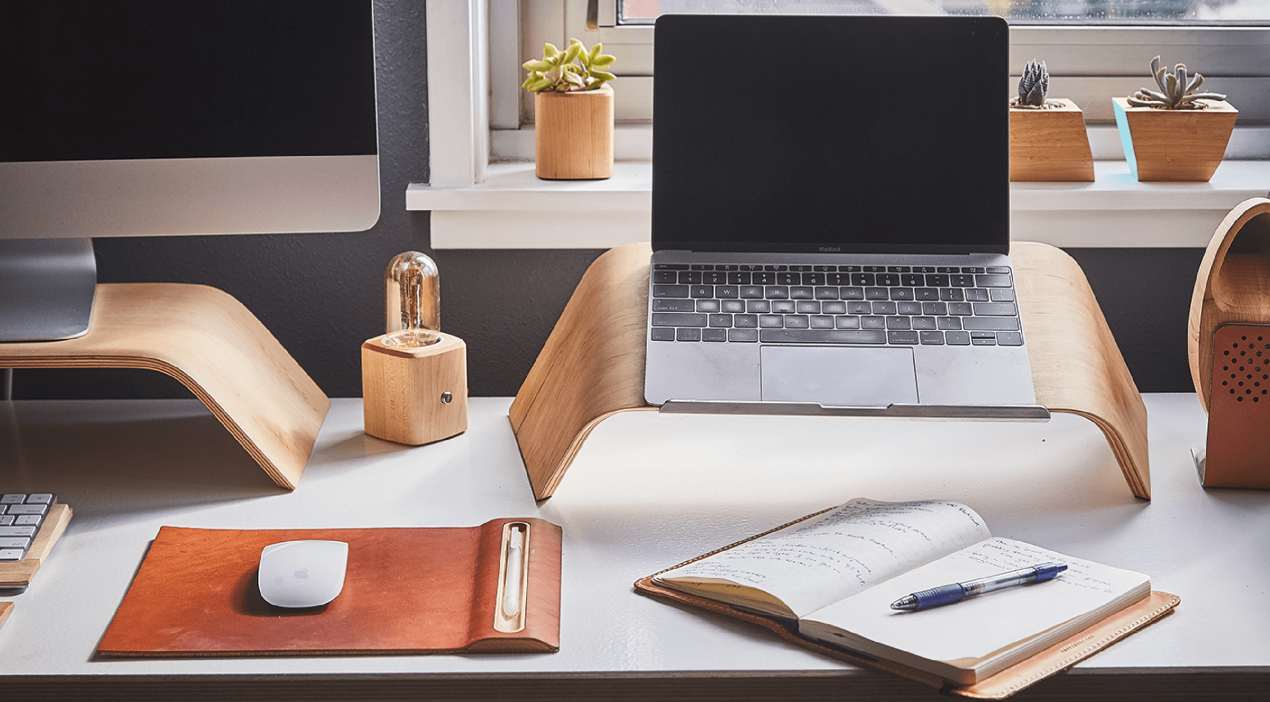Establishing an Ergonomic Home Office
As technology continues to adapt and evolve, so too are our ways of working – cue the rise of the home office.
Organisations are becoming increasingly virtual, both in response to an increased demand for workplace flexibility as well as changing market conditions and requirements – Covid-19 being a current example of this. However, the home office trend has been on the upturn since the 90s. But what does working remotely really mean for the workforce? What is the best way to remain safe, effective and motivated when working from home? What should we be doing to ensure our home office is as close as possible to ergonomic guidelines?
How do we work from home, the right way?
Establishing an ergonomic home office
When undertaking short-term / occasional remote working or establishing a more permanent arrangement, it is important to develop the right environment from which to carry out your tasks: your home office.
A home office must be ergonomically sound, whether a separate study is available or a defined space within a common area. It must be safe and comfortable so that work can be carried out effectively, without strain or fatigue and with no risk to your health and wellness.
Although ergonomics is a broad field, these are some of the things you should consider for your home office:
- Is your workstation adequate for the work due to be undertaken?
- Is a separate monitor available for use? Laptops alone are not designed for prolonged use as they often encourage poor posture. If a separate monitor is not available you should consider a laptop stand and separate keyboard.
- Do you have an appropriate office chair that meets ergonomic standards, is height adjustable and able to achieve an acceptable and well supported seated position? Five pronged chair bases are the recommended option for effective support.
- Is leg space generous and unobstructed to allow a comfortable position in relation to the desk and chair?
- Do your legs sit parallel to the desk and your feet touch the ground flat? If not, consider adding a footrest.
- Is your desktop space adequate? Are monitors, keyboard, mouse and other hardware appropriately arranged in relation to your height, eyeline and seated position?
- Are frequently used items within a comfortable arm’s reach to avoid strain?
- Does the home office have adequate lighting to perform the tasks without glare or eye strain? Facing perpendicular to a window is best practice, where possible.
- Are there distractions that need to be considered in the environment, such as unwanted noise or inappropriate working temperature?
- Can you set up reminders to encourage movement such as regular breaks, walking phone calls and stretching?
- Are there any risks or hazards requiring attention to make the home office safe for both yourself and others?
- Do you have any additional individual requirements that need to be considered to make your working environment most effective?
Investing in an ergonomic home office is always recommended when working from home for any length of time, limiting the risk of back and neck injuries, headaches and muscle stress which are are commonly linked to working with a poor set up.
Additional resources
There are ample resources available to support the set-up of an ergonomic home office. Refer to a selection below, which include detailed checklists for ergonomic home office / corporate office set up:
- How to set up a home office, Dohrmann Consulting
- Creating the Perfect Ergonomic Workspace, Ergonomic Trends
- Guide to Office Workstation Set-up, University of NSW
- Workstation Checklist, University of NSW
- Workstation Checklist, Victoria State Government
- Ergonomic Guide to Computer Based Workstations, Queensland Government
- Ergonomics and Workspace, Victoria State Government Education and Training
- Home Based Work, ACT Government

